80 years: Warsaw Uprising
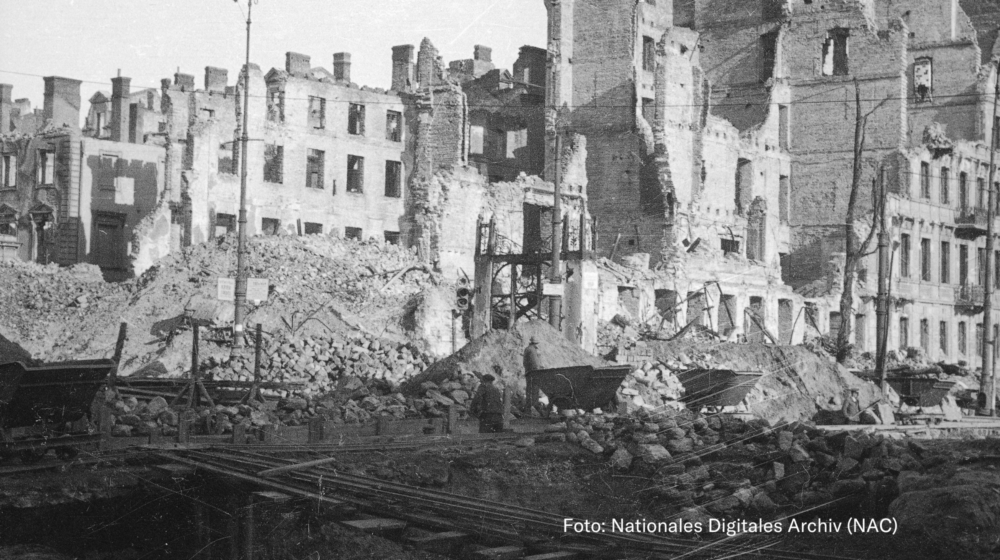
The Warsaw Uprising cost the lives of hundreds of thousands of Poles. Deportation, forced labor, and death in German concentration camps awaited many of the insurgents – and large numbers of civilians too. To mark the 80th anniversary of the Uprising, the Arolsen Archives seek to reconstruct the untold stories of 100 individuals who were deported as a result of this historical event.
The Warsaw Uprising began 80 years ago on August 1, 1944: For 63 days, the Polish Home Army (Armia Krajowa) fought against German occupation. The insurgents wanted to free Warsaw on their own before the arrival of the Red Army. But their efforts were in vain: on October 2, 1944, they had to surrender in the face of the enormous military superiority of the German troops.
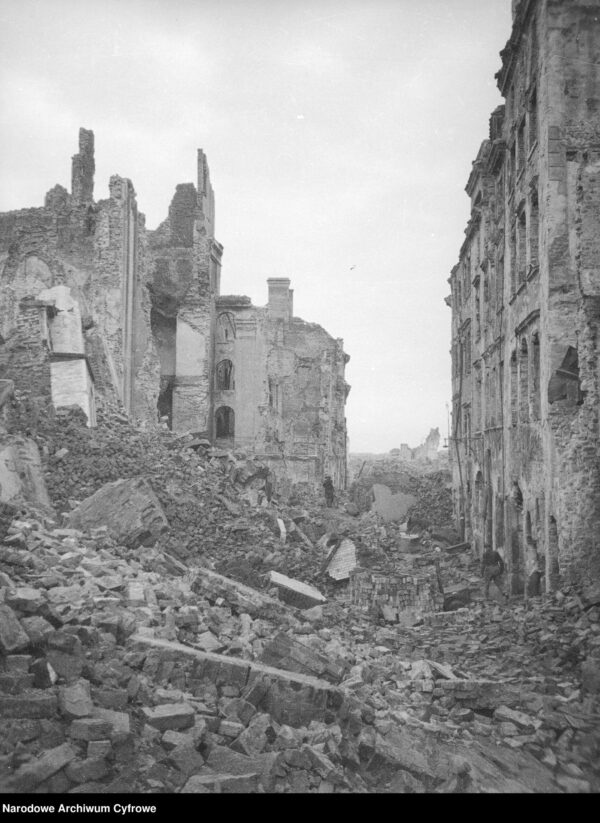
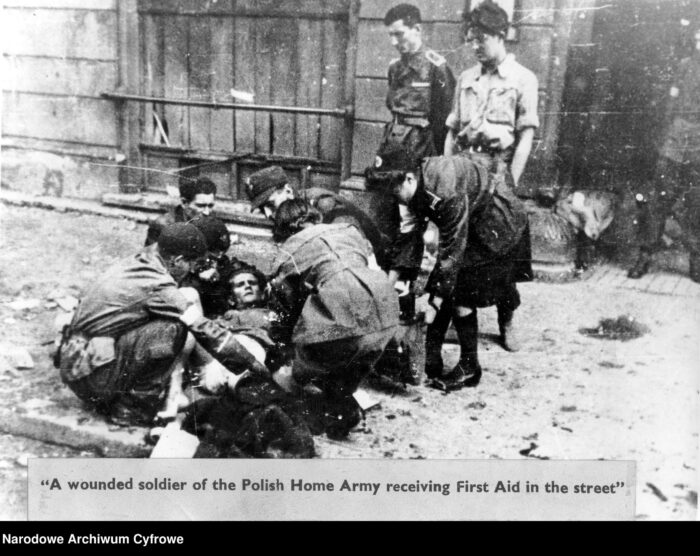
Arming of the Warsaw insurgents
The insurgents were far inferior to the German occupiers in military terms. Ammunition supplies in the Warsaw district of the Home Army were sufficient for three days – while the uprising lasted 63 days. In the end, the city was completely destroyed.
Events leading up to the Warsaw Uprising
In June 1940, shortly before France capitulated, the Polish government-in-exile moved its headquarters to London and steered and controlled the Polish Home Army from there. In 1944, this resistance movement numbered approximately 350,000 armed fighters
Soviet dictator Josef Stalin backed Polish communists only. While the Home Army started the uprising in Warsaw, the Red Army halted on the opposite bank of the Vistula River without intervening in the fighting. A victory for the Home Army, which would probably have led to the instalment of an anti-communist government, was not in Stalin’s interest.
Heinrich Himmler gave orders to destroy Warsaw
Rigorous retaliation was the Nazis’ response to the news of the launch of the Warsaw Uprising. Heinrich Himmler, the Reichsführer SS, gave orders to destroy the city.
»As soon as I heard the news of the uprising in Warsaw, I went to the Führer: […] I said: At the same time, I also gave orders for Warsaw to be totally destroyed.«
Extract from a speech Heinrich Himmler, Reichsführer SS, gave about the Warsaw Uprising on September 21, 1944
In the course of the Uprising, the National Socialists committed several massacres against the Polish population. They killed 150,000 to 200,000 Warsaw residents and razed the capital to rubble and ashes. Although the Warsaw Uprising was the biggest organised resistance action directed against Nazi Germany during the Second World War, people outside Poland hardly know anything about it.
100 untold stories of the Warsaw Uprising
The Arolsen Archives still have personal items that belonged to people who were deported during the Warsaw Uprising. These so-called personal effects – including photos, letters, and jewelry – are part of a collection that still numbers over 2,000 envelopes retrieved from concentration camps and secured by the Allies after the Second World War.
To mark the 80th anniversary of the Warsaw Uprising, the Arolsen Archives and their volunteers are searching for at least 100 families in order to give them back the personal belongings of these victims of Nazi persecution and help them discover the fates of their family members. The motto of this campaign is “The Warsaw Uprising. 100 Untold Stories.”
Personal keepsakes of concentration camp prisoners
Zbigniew Miłecki is a surviving descendant. When the Warsaw Uprising started, the octogenarian was just eight months of age. Zbigniew and his parents Bronisław and Zofia Miłecki were deported by the Nazis during the Uprising. Zbigniew, his mother, and his sister, who was born in 1945, survived the war and returned to Warsaw. The fate of their father Bronisław remained unknown to his family for many years – until Zbigniew received the news that his father’s wristwatch was stored in the Arolsen Archives.
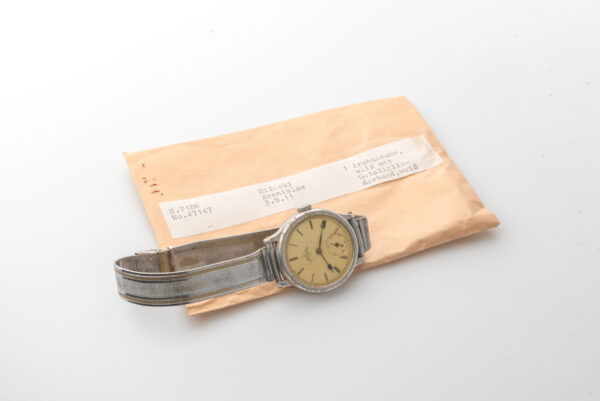
Bronisław Miłecki’s wristwatch
The documents preserved in the archives indicate that Bronisław was initially sent to the Sachsenhausen concentration camp, where the guards took away his watch. Later, the Nazis deported him to the Neuengamme concentration camp. There are no records of what happened to him after that.
A wristwatch and earrings as well as a brooch and a powder compact are among the belongings of Stanisława Mordes and Anna Tomczyk, two women who were arrested by the Germans in the last days of the Warsaw Uprising and deported to the Ravensbrück concentration camp for women. Thanks to efforts made by Count Folke Bernadotte, Vice President of the Swedish Red Cross, the two women were rescued from the camp and taken to Sweden. Subsequently they returned to Poland.
80 years later, their possessions were returned to Jacek Mordes, Stanisława Mordes’s nephew, and Grażyna Malenka, Anna Tomczyk’s granddaughter.

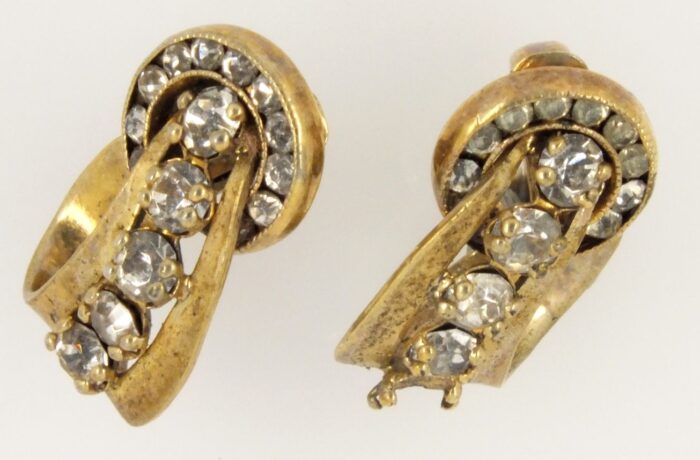
Personal effects
The Arolsen Archives hope to return 100 envelopes containing personal items such as this jewelry to Warsaw residents in the course of the year.
Ceremonies mark the return of items to families in Warsaw
When these objects are returned to their rightful owners, it is a very emotional moment that means a lot to the families. In addition to the personal effects, they receive copies of all the documents about their relatives that are kept in the Arolsen Archives. “The families that we find often only find out what happened to their relatives through the documents,” says Anna Meier-Osinski, who launched the initiative.
In the context of this campaign to mark the anniversary of the Warsaw Uprising, four families have already received items that belonged to their relatives. The Arolsen Archives have invited at least 15 further families to take part in a second return ceremony in the Polish capital on September 10. And the search for families continues – with invaluable assistance from a host of volunteers.

